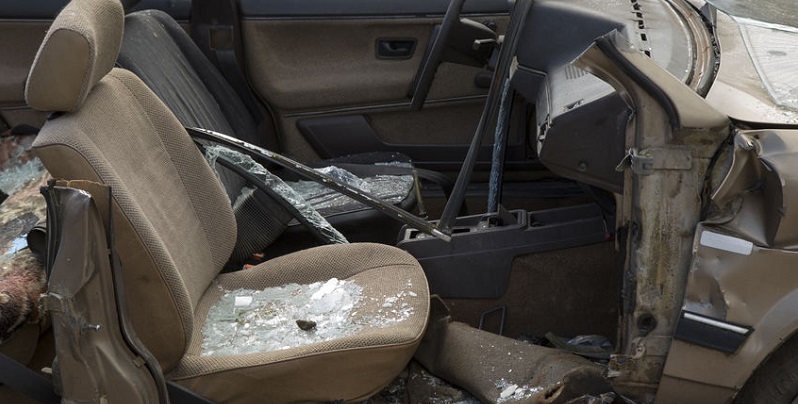According to news reports, last year Colorado experienced the most pedestrian deaths on record., 646 people were killed in auto-pedestrian accidents in 2017; 109 of those killed were either walking or on a bicycle.
Officials Seek to Lessen Thousands of Annual Auto Accident Deaths
It’s not hard to understand that the faster a vehicle is going when involved in a crash, the greater chance that someone will get injured, if not killed. For a few years now, officials nationwide have been debating about raising speed limits along interstates and rural highways, and many have. Conversely, there is now talk about actually lowering speed limits on downtown streets as one way to reduce accidents.
Reducing speed limits by 5 mph may reduce injuries.
The Insurance Institute for Highway Safety has researched and studied road safety for decades. Recently, those attending the Governors Highway Safety Association meeting learned of a new study by IIHS that highlights the safety benefits if cities would reduce speed limits by 5 mph. The improved safety, according to the study, would especially benefit pedestrians and bicyclists, in addition to motorists. As explained by IIHS President David Harkey:
“Even on lower speed roads, speeding can have deadly consequences, especially for pedestrians and bicyclists. Some cities are lowering speed limits to reduce the risks for these vulnerable road users, who are increasingly dying in crashes.”
Specifically, the study’s first phase focused on the city of Boston, MA, and compared Boston to a controlled site in Providence, RI. Researchers reviewed Boston statistics while state officials lowered the city speed limit by 5 mph in January of 2017, and left the Providence, RI location as the control variable. Researchers then studied driver behavior and the odds of those driving exceeding designated speed limits. A second phase is scheduled to determine how lowering speeds will affect the number and gravity of crashes in Boston as compared to other test sites. Area officials are hoping that the research will show that decreased speed limits create more safety for pedestrians.
The Centers for Disease Control and Prevention (CDC) notes that in 2015, nearly 5400 pedestrians were killed and almost 129,000 were injured in crashes. And, according to news reports, last year Colorado experienced the most pedestrian deaths on record. 646 people were killed in crashes in 2017; 109 of those killed were either walking or on a bicycle. That’s why this new IIHS study is being highlighted to see what can be done to decrease the number of deaths from auto accidents involving pedestrians, especially in highly congested areas.
Officials Still Hope to Hit Vision Zero by 2050
Vision Zero is a network of communities working together to find ways to dramatically reduce the number of traffic fatalities. On average, 40,000 lives are lost in the U.S. in crashes each year, which includes vehicle occupants, pedestrians, and those on bikes or motorcycles. The Vision Zero project’s goal is to reduce, to zero, the number of fatalities by the year 2050. While the program involves many facets, Vision Zero hopes to bring together stakeholders to collaborate on things like roadway design, technology, policy, and changing individual behavior to promote safer roads for everyone.
As noted in literature explaining Vision Zero, people do make mistakes, but by working together to develop better road systems and policies, including speed management, officials hope to create ways of reducing deaths and injuries due to mistakes made by vehicle drivers. One way of making our streets safer for those walking or biking is to continue researching the best and safest speed limit for city streets, and IIHS is among those that will continue to do this research, along with Vision One and those communities now involved in the collaborating network.

